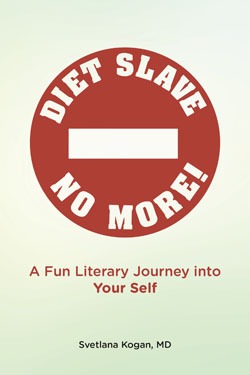
In my previous post I claimed that due to functional brain differences, teenagers are living in a reality dramatically different from that of their parents. https://customlongevity.com/2015/11/why-our-teenage-kids-live-in-a-different-reality/
Imagine a cartoon of all that. If the explosively emotional limbic brain can be visualized as the President of teen reality, then the “minions” who are doing all the legwork are the hormones. Hormones? You know how at the day-spa you bitch to your hairstylist about your teenagers’ outrageous behavior, and he rolls his eyes and emphatically pronounces: “It’s hormones, honey!”. He has a point.
Some hormones, like estrogen, progesterone, and testosterone are easier to understand. Glands start releasing them in high quantities during puberty and they go to work: estrogen and progesterone inflate our teenage daughters’ boobies, and pave the way for their first menstrual period, while testosterone is deepening our teenage sons’ voices and causes their first wet dreams. Interplay of all three of these hormones also makes our teens hairy and sweaty.
There are two more “minion” hormones, which I hold as true co-creators of teenage reality: Dopamine and Oxytocin. Dopamine is a very tricky and treacherous “minion” – he can both excite and inhibit neurons – the nerve cells. Mostly, it is involved with generating a rewarding and pleasurable sensation. There is a lot of dopamine living in the prefrontal cortex, which in teens is still very underdeveloped and disconnected from the very active limbic brain.
Now, the limbic brain happens to have very little dopamine to go around. This explains why teenagers need much more emotional stimulation to obtain the same level of enjoyment or excitement as adults, by getting their dopamine up to the similar levels.
Have you ever met cutters – adolescents who secretly cut themselves with razor blades on the regular basis?
When my friend asked his son who is a cutter, about why he does it, he got this answer:
“I cut myself because I wanna feel something! Most of the time I feel kinda numb. Cutting makes me feel alive.”
Teenage reality is very much about a constant quest for these rewarding sensations of heightened danger and risk. Who do you think are the greatest psychologists of all times who abuse our teenager’s reality? Meet the drug dealers. They may not have a PhD in neuroscience to understand just how drugs lead to increase in dopamine, but they know very well how to manipulate the kids into trying drugs at the parties.
By the way, alcohol and sex, which parties abound with, are also dopamine enhancers and further strengthen the addictive dopamine-boosting behavior. If your children are regulars at the hangouts, where alcohol, sex and drugs are available – they are virtually doomed to become regular users. It’s a sad science of the reality they live in.
Now, some parents I know believe that a drug like marijuana is innocent and will not hurt their children. Wrong! Marijuana is a highly addictive substance, and releases gazillions of dopamine “minions”. In addition, marijuana decreases inhibition of impulses (via suppressing other neuro-hormones like GABA) and makes teens even more open to just about any crazy behavior.
Now that we know that seeking to do something outrageous is in our children’s blood, pun intended, how do we help them to maintain a higher but balanced level of dopamine without drugs and medications? The answer is – you can’t. Scientists have suggested things like meditation and prayer, however if I approach my 14-year old daughter with this proposition, she will raise an eyebrow and tell me she is too busy. It was also suggested that taking nature walks and listening to classical music does the trick, but if I bring these suggestions to my teen, she will surely tell me to take a walk. She is busy, didn’t I hear?
The only research proven suggestion to optimize dopamine levels which does fit into our real lives in my humble opinion, is packing your teen’s lunch with one or two of the following: organic chicken, eggs, yogurt, or avocadoes. Otherwise, just realize that limbic brains are short of this dopamine-“minion” for a reason – perhaps to make our teens explore new life scenarios and evolve along the way?
Stay tuned for more discussion about teen behavior in my next post.







